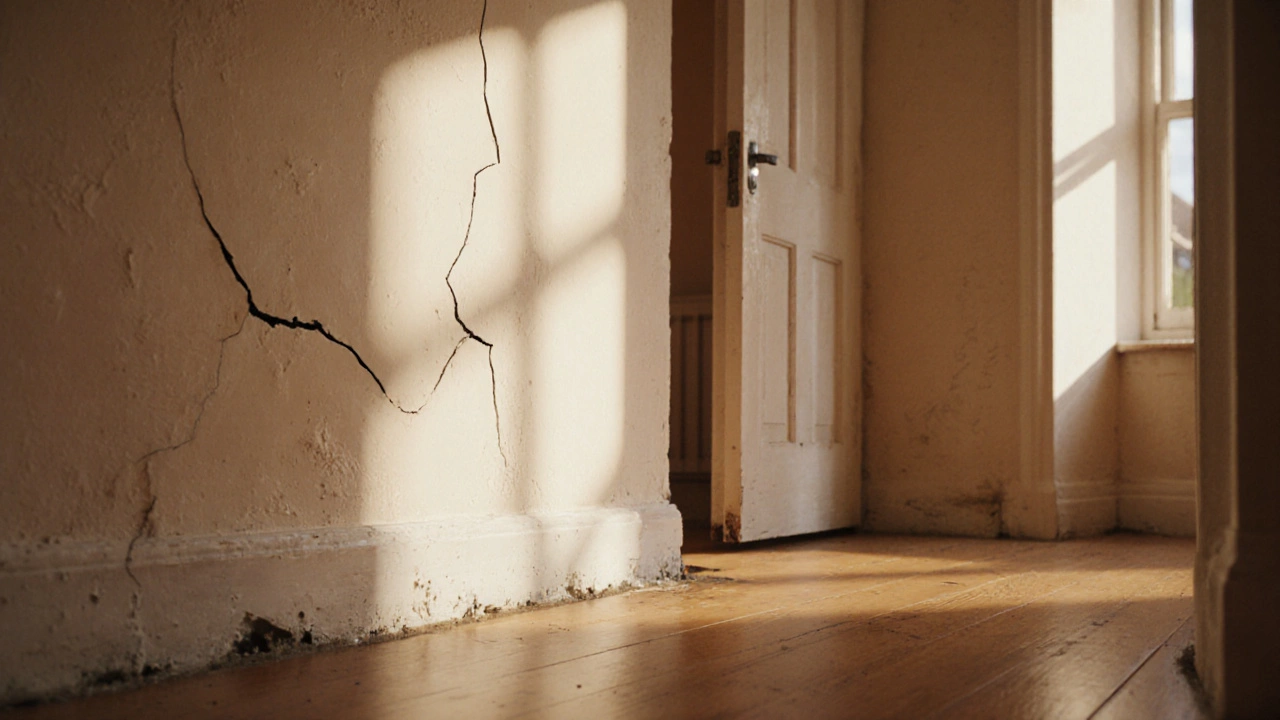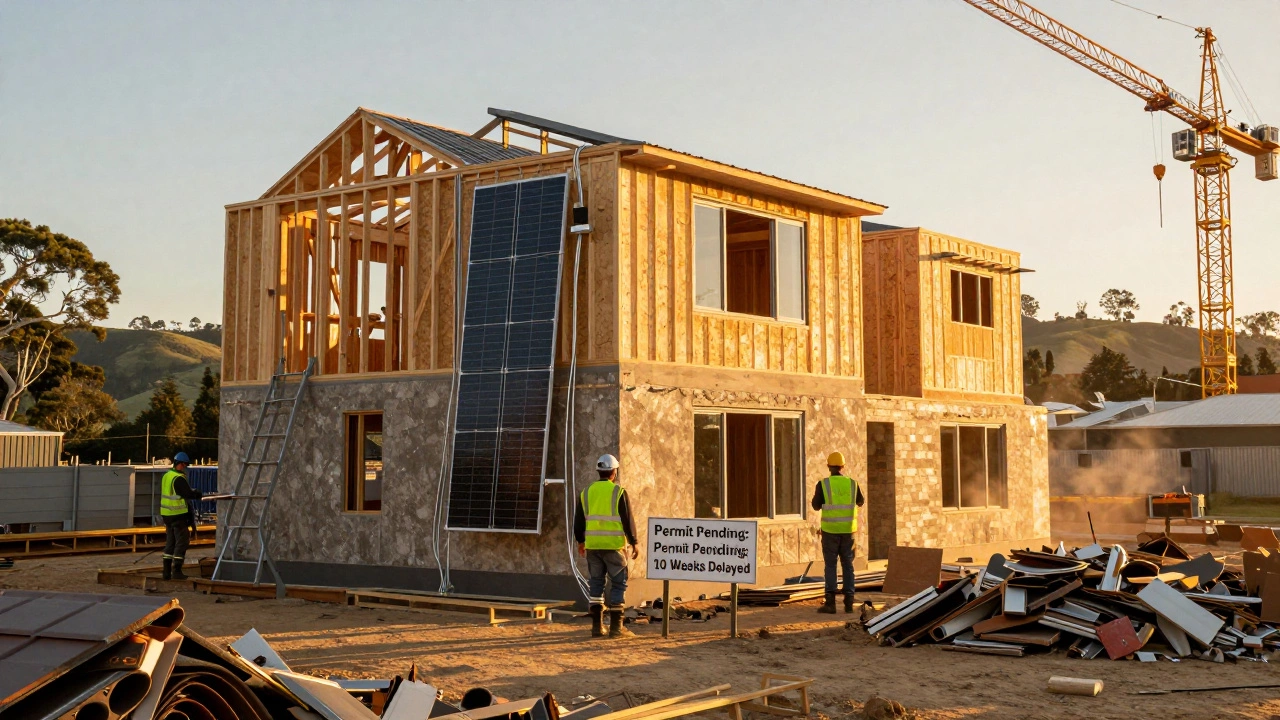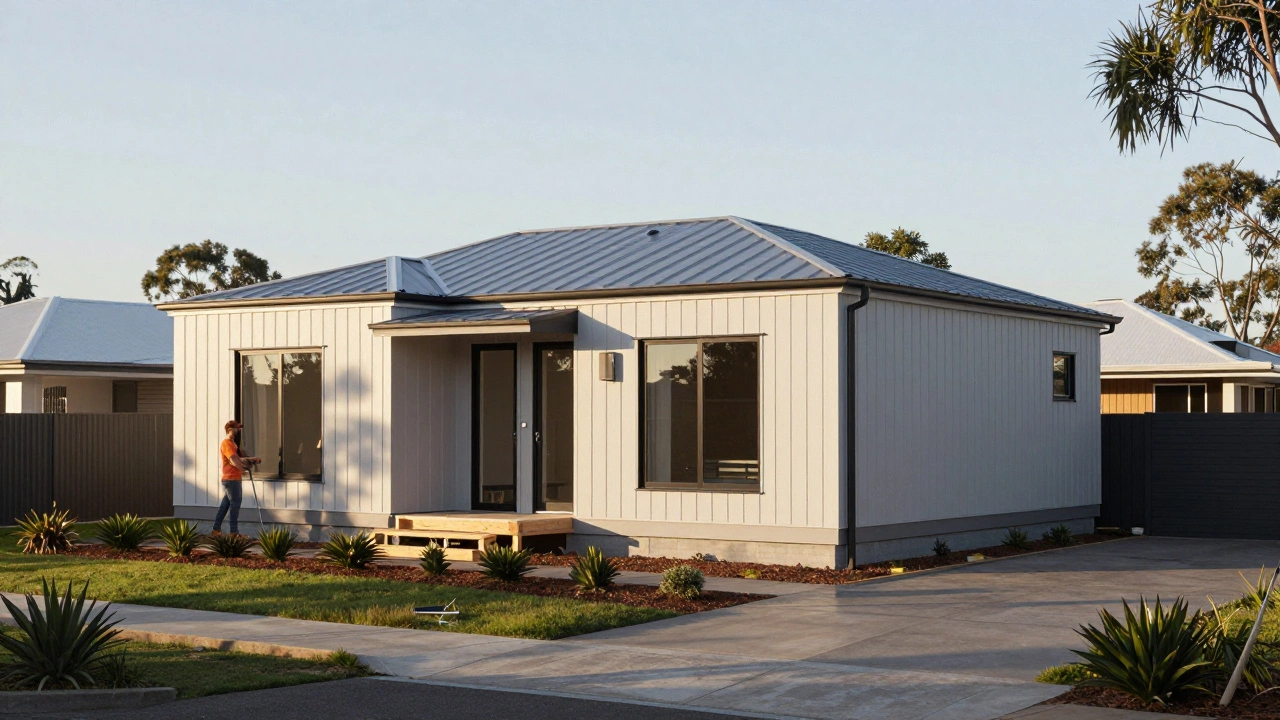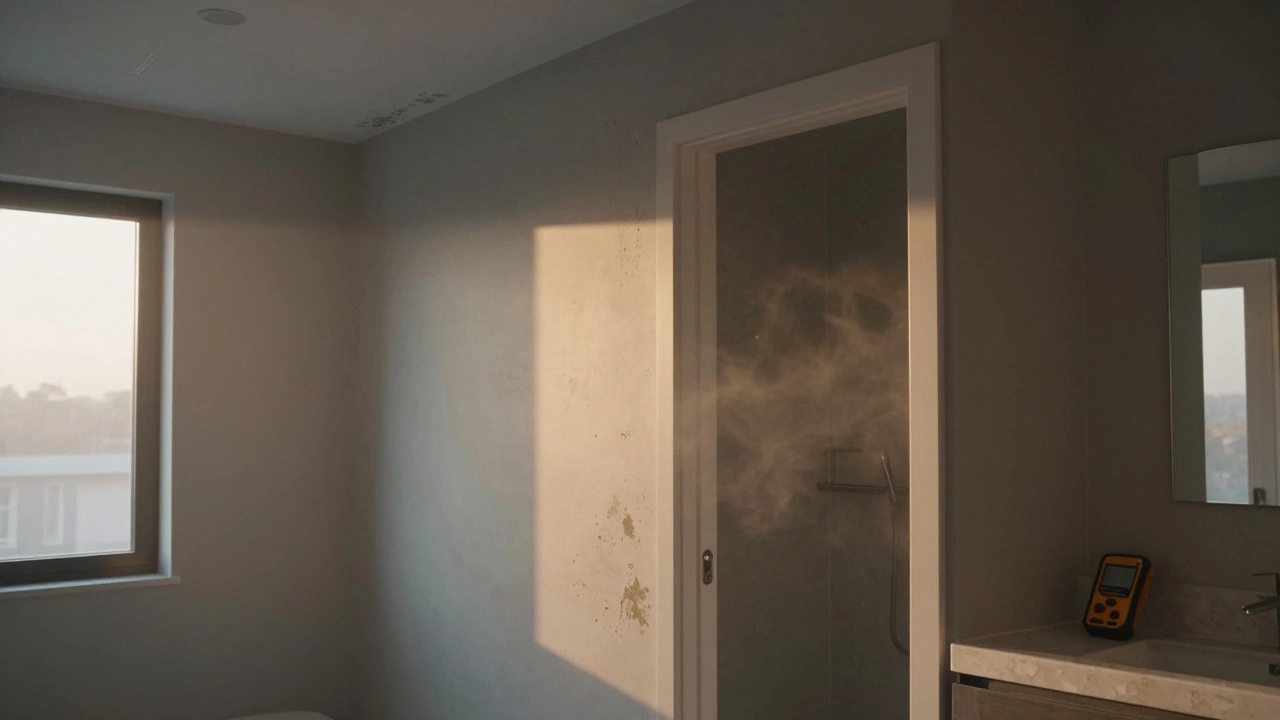Waterproofing
When working with waterproofing, the process of keeping water out of a structure’s critical components. Also known as water sealing, it protects homes from moisture damage, mold growth, and structural decay. In simple terms, waterproofing is the barrier you build between your building and the elements.
Key Areas of Waterproofing
One of the first places you’ll hear Foundation, the lowest load‑bearing part of a building that sits on the ground mentioned is when we talk about basement leaks. A well‑treated foundation stops water from seeping up through cracks and weak joints. If the foundation remains dry, the rest of the structure stays healthier, which is why foundation waterproofing is a cornerstone of any moisture‑control strategy.
Moving up a level, Flooring, the surface you walk on inside a building often bears the brunt of accidental spills, ground‑level moisture, and humidity. Whether you choose engineered wood, luxury vinyl plank, or tile, applying a waterproof membrane beneath the floor deck reduces the risk of warping, swelling, or mold. In 2025 the trend leans toward hybrid floors that combine the look of wood with a waterproof core, making everyday maintenance easier.
The Building envelope, the exterior shell that separates indoor and outdoor environments ties together walls, roof, windows, and doors. A tight envelope means rainwater can’t infiltrate through cracks or poorly sealed joints. Modern envelope systems often use self‑adhesive membranes and liquid‑applied sealants that cure into a flexible skin, handling expansion and contraction without losing protection.
Sealants, membranes, and drainage systems are the tools that make waterproofing possible. Silicone‑based sealants, for example, stay flexible over time, while bitumen membranes provide a rugged, long‑lasting barrier. Properly installed, these products work together to redirect water away from vulnerable points, creating a coordinated defense system.
Eco‑friendly waterproofing is gaining traction as builders aim for sustainable homes. Low‑VOC sealants, recycled‑content membranes, and water‑based coatings reduce the environmental impact while still delivering high performance. When you choose green products, you’re not just protecting the building—you’re also minimizing the carbon footprint of the construction process.
Common mistakes can undo all the effort you put into waterproofing. Skipping surface preparation, applying too thin a membrane, or ignoring drainage details are all pitfalls that lead to future leaks. Regular inspections—especially after heavy rain—help catch early signs of failure, such as damp spots, musty odors, or rising humidity in basements.
Below you’ll find a curated set of articles that dive deeper into each of these topics. From understanding acceptable foundation crack widths to choosing the right flooring for wet areas, the posts give you practical steps you can take right now. Whether you’re a homeowner reviewing a renovation plan or a contractor prepping a new build, the collection offers the insight you need to make waterproofing work for you.
Ready to explore the details? Scroll down to see how each article tackles a specific challenge, and equip yourself with the knowledge to keep water where it belongs—outside.






